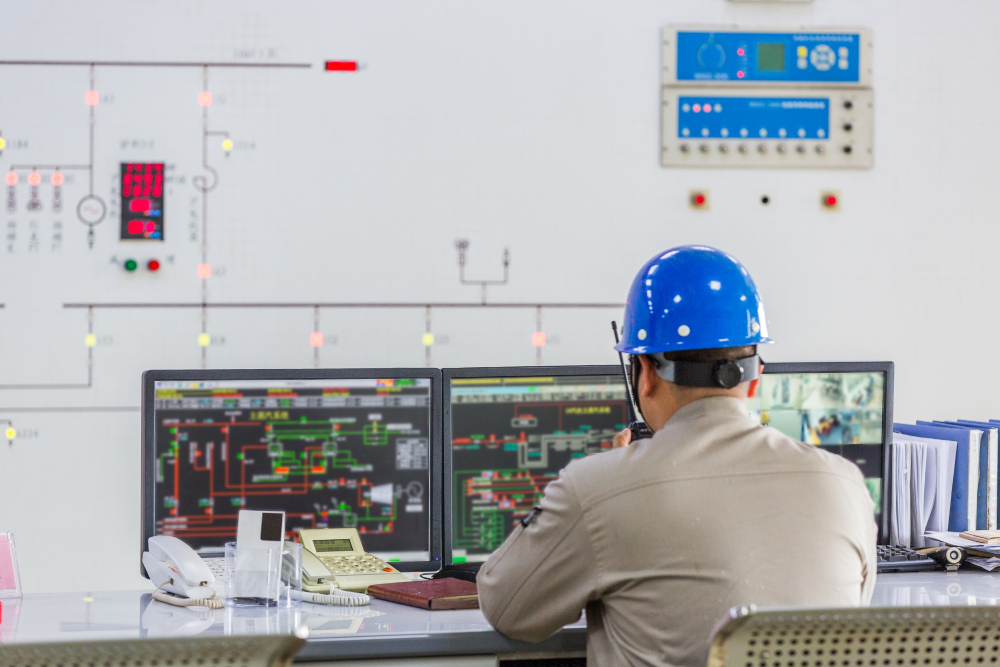Blog
TAICENN Panel PC TPC-DCM series for airport self-service equipment terminal

Industrial background:
With the continuous advancement of IATA “Simplified Business” in the airport industry, airport passenger self-service industry has gradually emerged and has shown a big trend of diversified development. The Civil Aviation Administration of China plans that, china will strive to meet the market demand for passenger traffic of approximately 1.5 billion passengers, and consumer satisfaction with civil aviation services must reach a high level by 2030. As a modern airport is a collection and distribution center for people, logistics, capital and information, as the pace of airport construction accelerates, the airport itself is also facing the bottleneck pressure of increasing passenger flow. The competition in the airport industry is shifting to service competition. Therefore, these self-service services will play an increasingly important role in the future, including booking/changing flights, purchasing additional services, printing boarding passes, printing luggage tags, self-service transfers, and claiming for flight delays.
Currently, online check-in and mobile check-in are becoming more and more accepted by passengers. New self-service methods such as registration and luggage self-service, radio frequency identification technology (RFID), near field communication technology (NFC), facial biotechnology, etc. are gradually being promoted. At the same time, passengers’ demand for self-service has extended to non-traditional areas, such as self-service security check, immigration check, and self-boarding.
Industry requirement:
Airport self-service check-in is a new check-in method that is different from traditional airport counters with manual check-in procedures. Based on this, advanced technologies such as radio frequency identification technology (RFID), near field communication technology (NFC), and facial biotechnology are gradually being used. Passengers who use self-service check-in service only need to put their “second-generation ID card” on the self-service check-in ID card reader or scan them in the barcode scanning area through the mobile phone’s two-dimensional bar code electronic graphic, and the screen will automatically display what they need. For the flight number and related information, passengers only need to follow the instruction, choose their favorite seat on the plane and print the boarding pass and invoice. The self-service check-in service shortens the waiting time of passengers at the counter. The entire process is completely operated by the passengers themselves, which is a more efficient check-in method.
TAICENN solution and product:
Based on industrial computer (industrial all-in-one computer) as the industrial computing platform, The airport self-service check-in equipment system interacts with the upper layer through the network ports of the industrial panel PC, controls via serial ports or USB communication (ID card reader, passport reader, 2D barcode scanner, civil aviation membership card reader, etc.), built-in small printer to print boarding passes. The industrial grade 15.0-inch LCD display and the high-precision multi-point capacitive touchscreen serve as the HMI platform for user information interaction and operation, and passengers can quickly and accurately realize quick self-service.
As the brain of self-service check-in equipment, TAICENN Industrial Panel PC TPC-DCM150K2 is an important support for the stable operation of airport check-in equipment terminals. Therefore, the industrial panel computer provides high stability, safety, and 7 x 24h uninterrupted operation, and it is the basic requirement of the equipment to help the construction of smart airports.
Product Features:
● Magnesium aluminum panel, sheet-metal box structure;
● 15.0″ TFT LCD, LED backlit, resolution 1024*768;
● Intel kaby lake 7th-gen. Core i5-7200U Dual core processors;
● Multi-points projective capacitive touch, EETI controller;
● Fanless & slim design, front IP65 rated protection;
● Panel mount, support VESA 75/100 mount;
● DC 12~24V input, with over-current, over-voltage protection;
● 2*Intel GLAN, 2*RS232 (Optional 1*RS485), 4*USB3.0;
● Expansional with 3G/4G/LTE, Wi-Fi/BT wireless;
● Optional with 2 x 2w mini speaker;
● I/O: 4x USB, 2x GLAN, 2x COM, 1x HDMI, Audio.
Conclusion:
At last, the airport is much more than a single function of flying. In the future, the airport will become a transit point for traveling, shopping and leisure. Smart airports have stimulated the vitality of urban development, and smart cities have given smart airports more space for development. In the era of the Internet of Everything, smart airports must be deeply integrated into the construction of smart cities. The entire process from planning, design to construction and operation must be integrated into unified urban planning and operation in terms of data sharing, transportation facility connectivity, and secure information interoperability. At the same time, the construction of a smart airport should also be open and shared. All the elements of a city must be gathered on this open and inclusive platform, so as to make the windows of the city more beautiful.












